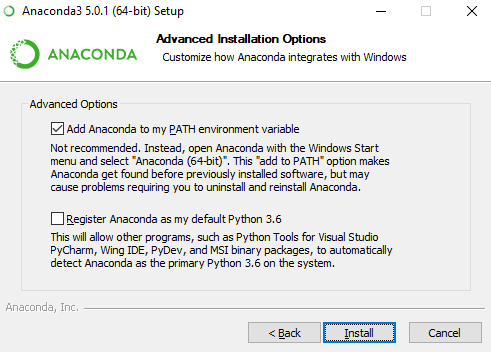In the previous chapter, we learned about the fundamental building blocks of a neural network and also implemented forward and back-propagation from scratch in Python.
In this chapter, we will dive into the foundations of building a neural network using PyTorch, which we will leverage multiple times in subsequent chapters when we learn about various use cases in image analysis. We will start by learning about the core data type that PyTorch works on – tensor objects. We will then dive deep into the various operations that can be performed on tensor objects and how to leverage them when building a neural network model on top of a toy dataset (so that we strengthen our understanding before we gradually look at more realistic datasets, starting with the next chapter). This will allow us so to gain an intuition of how to build neural network models using...




